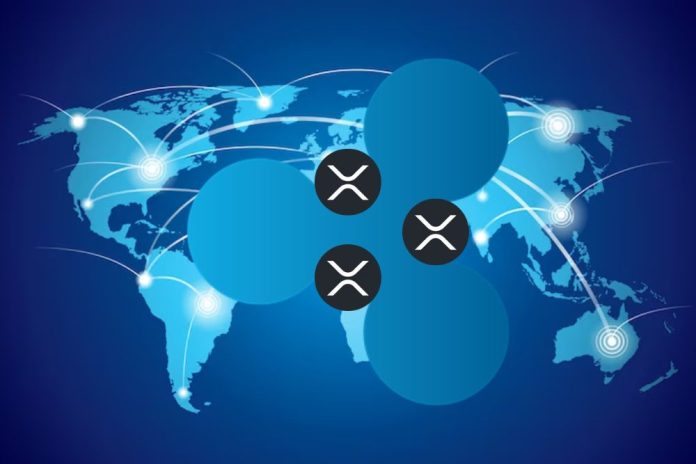Ripple, the blockchain-based payment company, is rapidly widening its influence in the financial world and has reportedly assigned unique bank IDs to over 500 banking institutions.
Recently highlighted in a post by crypto pundit Kenny Nguyen (@mrnguyen007), this development shows Ripple’s growing network and potential to reshape the cross-border transactions conduct.
🚨 🚨 🚨 🚨 🚨
RIPPLE HAS ASSIGNED BANK IDs TO OVER 500 BANKS! 🏦
AND PEOPLE STILL BELIEVE #XRP WON‘T BE USED…#XRP #RLUSD #XRPETF 💎 💎 💎 💎 💎 💎 💎 💎 💎 💎 pic.twitter.com/8FL1ytYaie
— Kenny Nguyen (@mrnguyen007) November 20, 2024
The banks in Ripple’s network span major financial markets, including Hong Kong, China, Australia, and the Philippines. Notable institutions such as Standard Chartered Bank, The Hong Kong and Shanghai Banking Corporation Limited (HSBC), Agricultural Bank of China, AMP Bank Limited, and ANZ Bank are on the list. These partnerships highlight the company’s commitment to establishing a unified infrastructure for streamlined international payments.
The implementation of unique bank IDs implementation is a key element in Ripple’s strategy to simplify and accelerate cross-border transactions. These IDs enable standardized communication between banks, eliminating the inefficiencies and high costs associated with traditional correspondent banking systems.
Implications for XRP
While Ripple’s current operations are focused on developing a global payment network, the assignment of bank IDs has significant implications for XRP. The widespread integration of banks into Ripple’s infrastructure creates a robust ecosystem where XRP can function as a liquidity bridge in cross-border payments.
We are on twitter, follow us to connect with us :- @TimesTabloid1
— TimesTabloid (@TimesTabloid1) July 15, 2023
XRP’s utility lies in its ability to facilitate instant settlement and currency conversion at a fraction of the cost compared to traditional systems.
If banks adopt XRP as a bridge currency and use the XRP Ledger’s technology, it could revolutionize how institutions manage liquidity and reduce their reliance on pre-funded accounts. This would position XRP as a critical part of the global payment landscape.
XRP is already being used for remittance across the globe. However, some crypto community members are still skeptical of the digital asset’s future, claiming no real-world use or adoption.
However, this has not stopped Ripple’s progress, and assigning IDs to banks is just another step showing the company’s progress. As one user noted, “You can do what you can do to wake and inform people. Some just won’t listen.”
As Ripple continues to expand its partnerships, the potential for XRP adoption grows. By addressing real-world inefficiencies in global banking, Ripple strengthens the case for XRP’s integration into its payment solutions, paving the way for a more interconnected and efficient financial system.
Disclaimer: This content is meant to inform and should not be considered financial advice. The views expressed in this article may include the author’s personal opinions and do not represent Times Tabloid’s opinion. Readers are urged to do in-depth research before making any investment decisions. Any action taken by the reader is strictly at their own risk. Times Tabloid is not responsible for any financial losses.
Follow us on Twitter, Facebook, Telegram, and Google News


